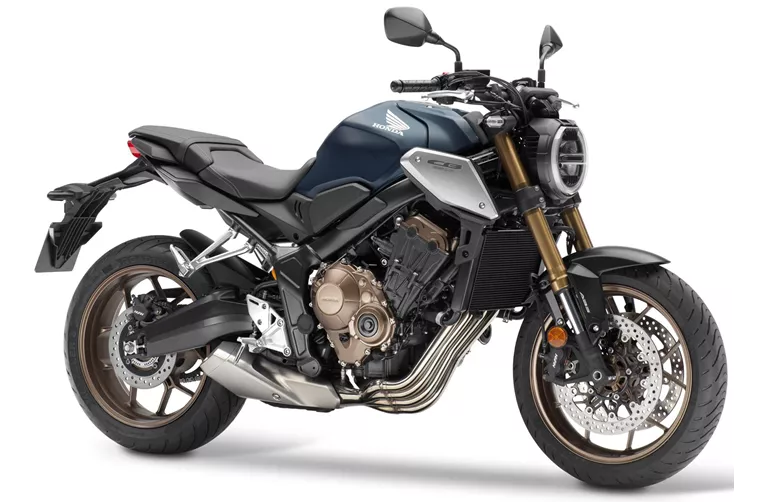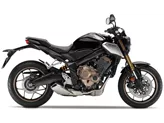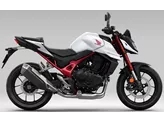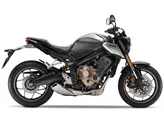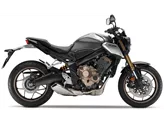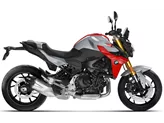Honda CB650R 2019 vs. Kawasaki Z900 2021
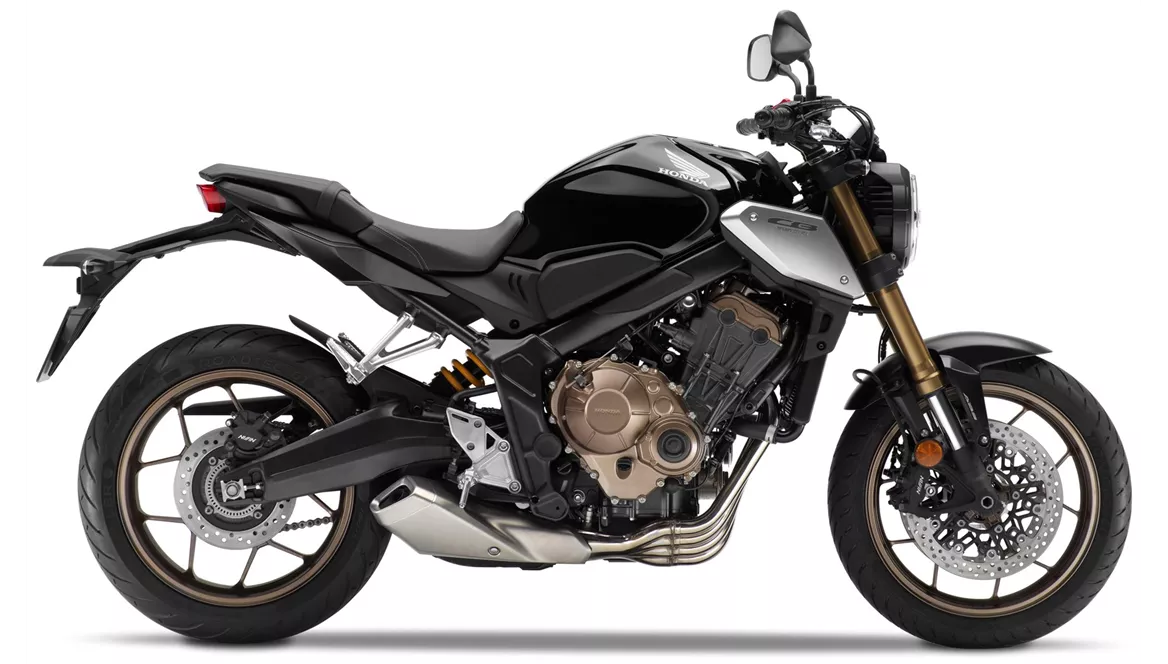
Honda CB650R 2019
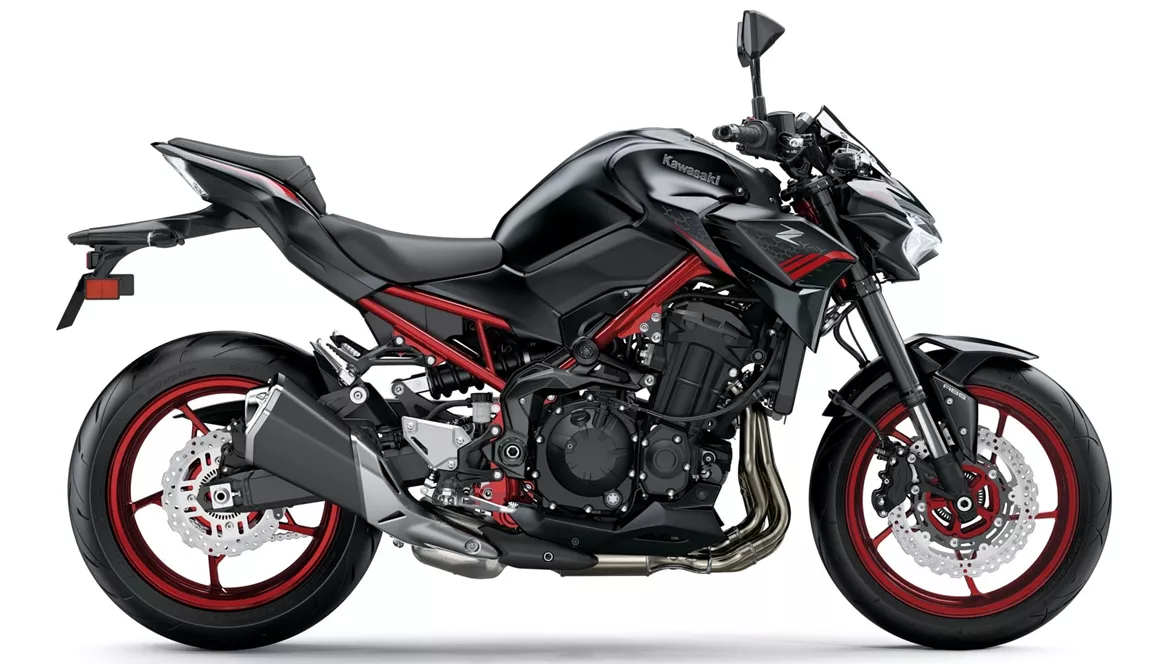
Kawasaki Z900 2021
Overview - Honda CB650R 2019 vs Kawasaki Z900 2021
The Honda CB650R 2019 and the Kawasaki Z900 2021 are both naked bikes that offer a thrilling riding experience.
Starting with the Honda CB650R 2019, it is equipped with a 649cc inline-four engine that delivers 95 horsepower and 64 Nm of torque. This engine is known for its rev-happy nature and provides reasonable power for a sporty ride. The fuel system is injection-based, ensuring efficient fuel delivery. The bike features a liquid cooling system to maintain optimal engine temperature.
In terms of suspension, the CB650R 2019 comes with an upside-down telescopic fork at the front and a swing arm with a monoshock at the rear. The rear suspension is adjustable for preload, allowing riders to customize their riding experience. The frame is made of steel, providing a sturdy and reliable structure.
The braking system of the CB650R 2019 consists of double disk brakes at the front with a diameter of 320mm and double pistons. The front brakes utilize wave technology, enhancing their performance. The bike is equipped with ABS for advanced rider assistance and safety.
In terms of dimensions and weights, the CB650R 2019 has a front tire width of 120mm and a diameter of 17 inches, while the rear tire has a width of 180mm and the same diameter. The wheelbase measures 1450mm, providing stability and control. The seat height is 810mm, accommodating riders of various heights. The bike has a kerb weight of 208kg, including the ABS system.

Honda CB650R 2019
As for equipment, the CB650R 2019 features LED headlights, providing excellent visibility.
Moving on to the Kawasaki Z900 2021, it is powered by a 948cc inline-four engine that delivers an impressive 125.4 horsepower and 98.6 Nm of torque. This engine provides a powerful and exhilarating ride. Similar to the CB650R, the Z900 also features an injection-based fuel system and a liquid cooling system.
The suspension setup of the Z900 includes an upside-down telescopic fork at the front and a swing arm with a monoshock at the rear. The rear suspension is adjustable for preload and rebound, allowing riders to fine-tune their ride. The frame is made of steel, providing strength and stability.
The braking system of the Z900 consists of double disk brakes at the front with a diameter of 300mm and four pistons. The front brakes utilize petal technology, enhancing their performance. In addition to ABS, the Z900 also offers riding modes, ride by wire, and traction control as advanced rider assistance systems.
In terms of dimensions and weights, the Z900 has the same front and rear tire specifications as the CB650R. The wheelbase and seat height are also identical. The kerb weight of the Z900 is slightly higher at 210kg, including the ABS system. The bike is equipped with LED daytime running lights, LED headlights, and a TFT display for enhanced visibility and information display.
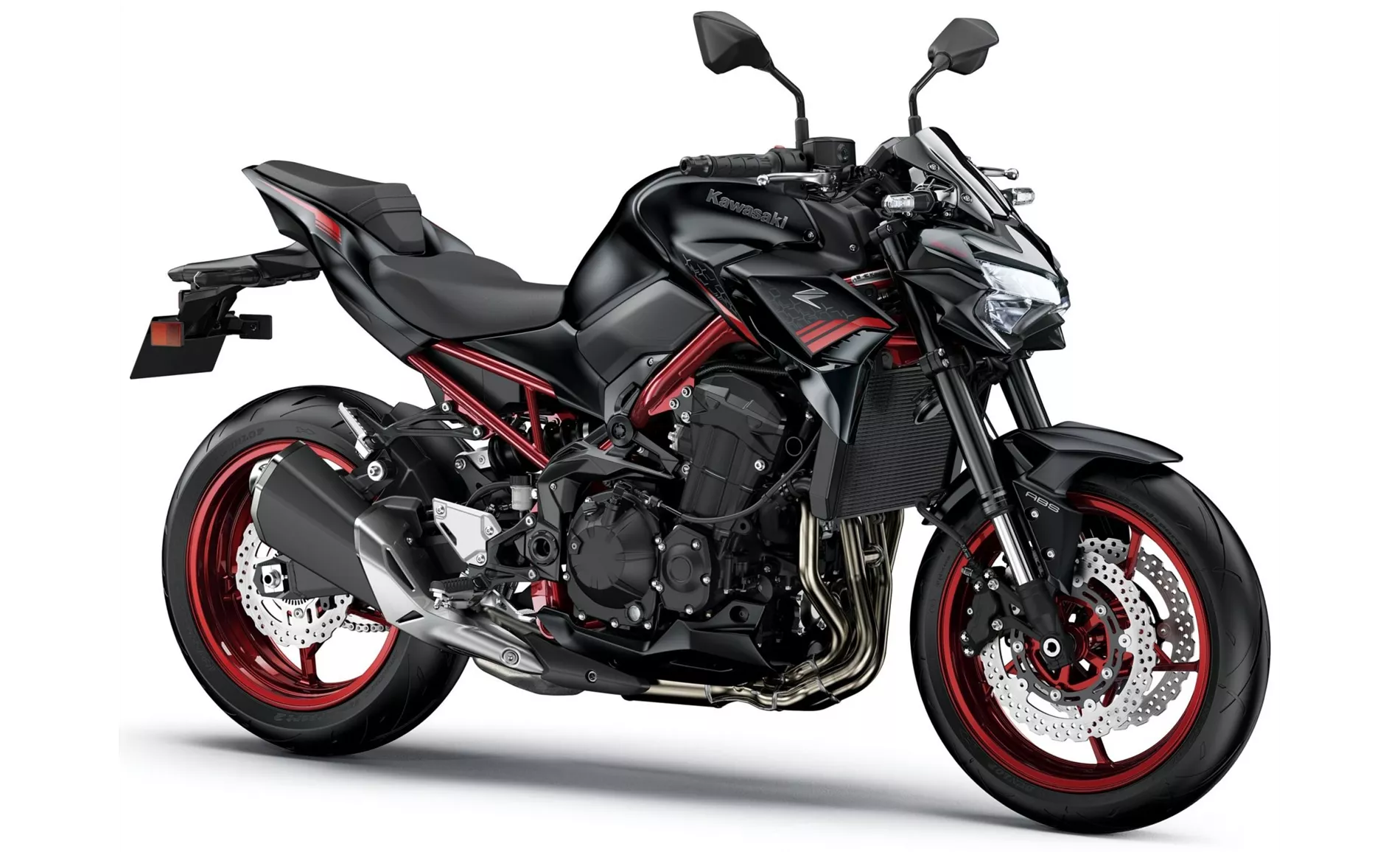
Kawasaki Z900 2021
In terms of strengths, the Honda CB650R 2019 offers a rev-happy engine, reasonable power, and a sporty seating position. The wide handlebars provide excellent control, and the bike is comfortable for everyday use. The display is also visually appealing.
On the other hand, the Kawasaki Z900 2021 boasts a powerful four-cylinder engine, intuitive handling, good equipment, and aggressive looks. It offers great value for money.
However, the Honda CB650R 2019 has a weakness in the chassis, which can be seen as a disadvantage. It may not have as much power from the hairpin as its two-cylinder competition.
Similarly, the Kawasaki Z900 2021 lacks a quickshifter option, which may be a drawback for some riders. Additionally, competitors with a 6-axis IMU are electronically ahead of the Z900.
In conclusion, both the Honda CB650R 2019 and the Kawasaki Z900 2021 are impressive naked bikes with their own set of strengths and weaknesses. The choice between the two ultimately depends on the rider's preferences and priorities.
Technical Specifications Honda CB650R 2019 compared to Kawasaki Z900 2021
Pros and Cons in comparison
Pros and Cons in comparison
Honda CB650R 2019
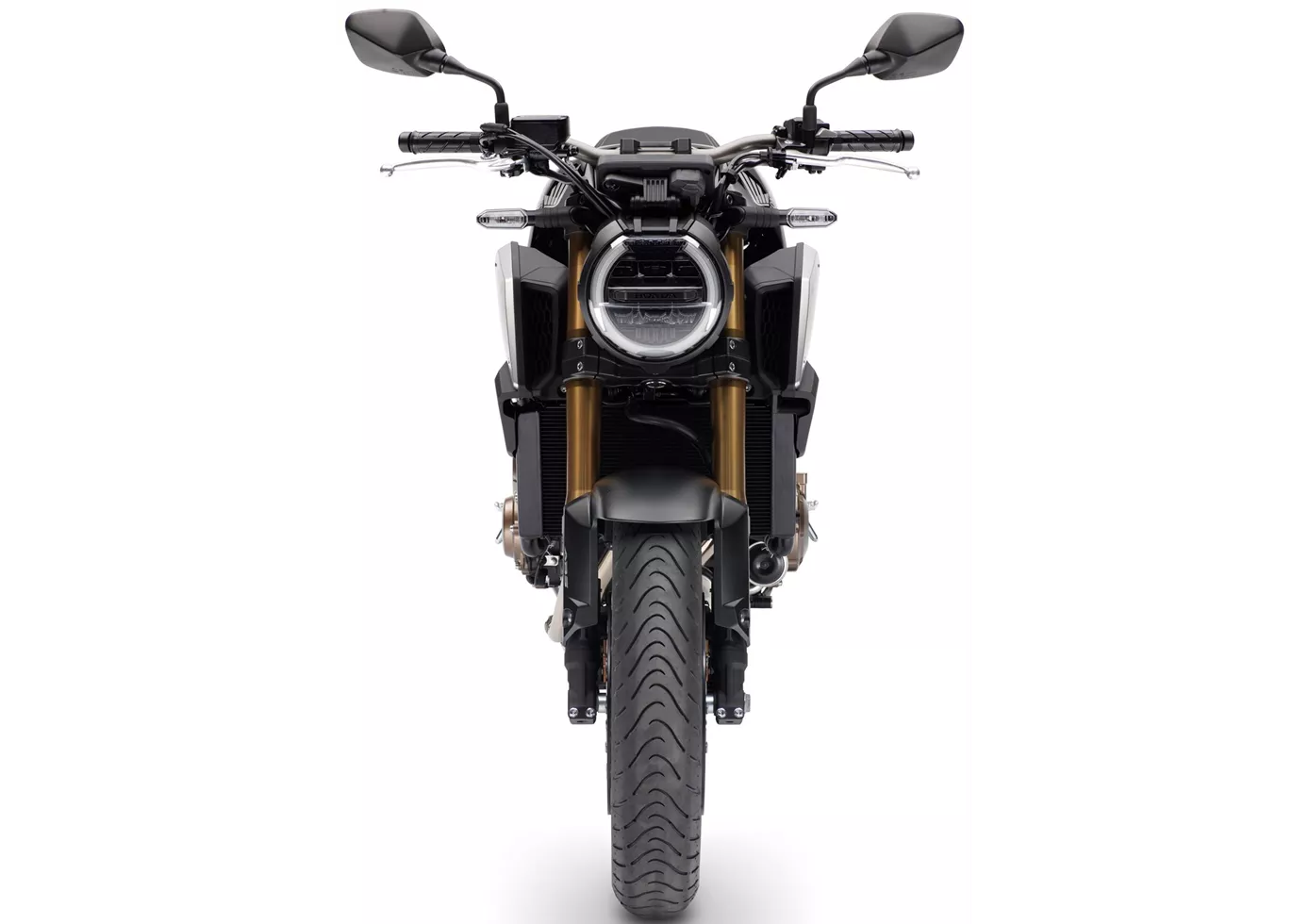
Honda's CB650R proves brilliantly that four-cylinder naked bikes with little displacement are also a real source of joy on the country road. The engine tuning gives enough pressure from the hairpin bend and rewards with a wonderful four-cylinder shriek after a short wait. The suspension components clearly attempt a balancing act between everyday life and sportiness, which is why unrest can quickly be found in the vehicle when approaching the cornering at a brisk pace. Somehow, however, this imperfection gives the Honda a lot of character and gives the rider the feeling of having to actively integrate himself into the action. For country road racers with a daily commute, a real recommendation!
Kawasaki Z900 2021
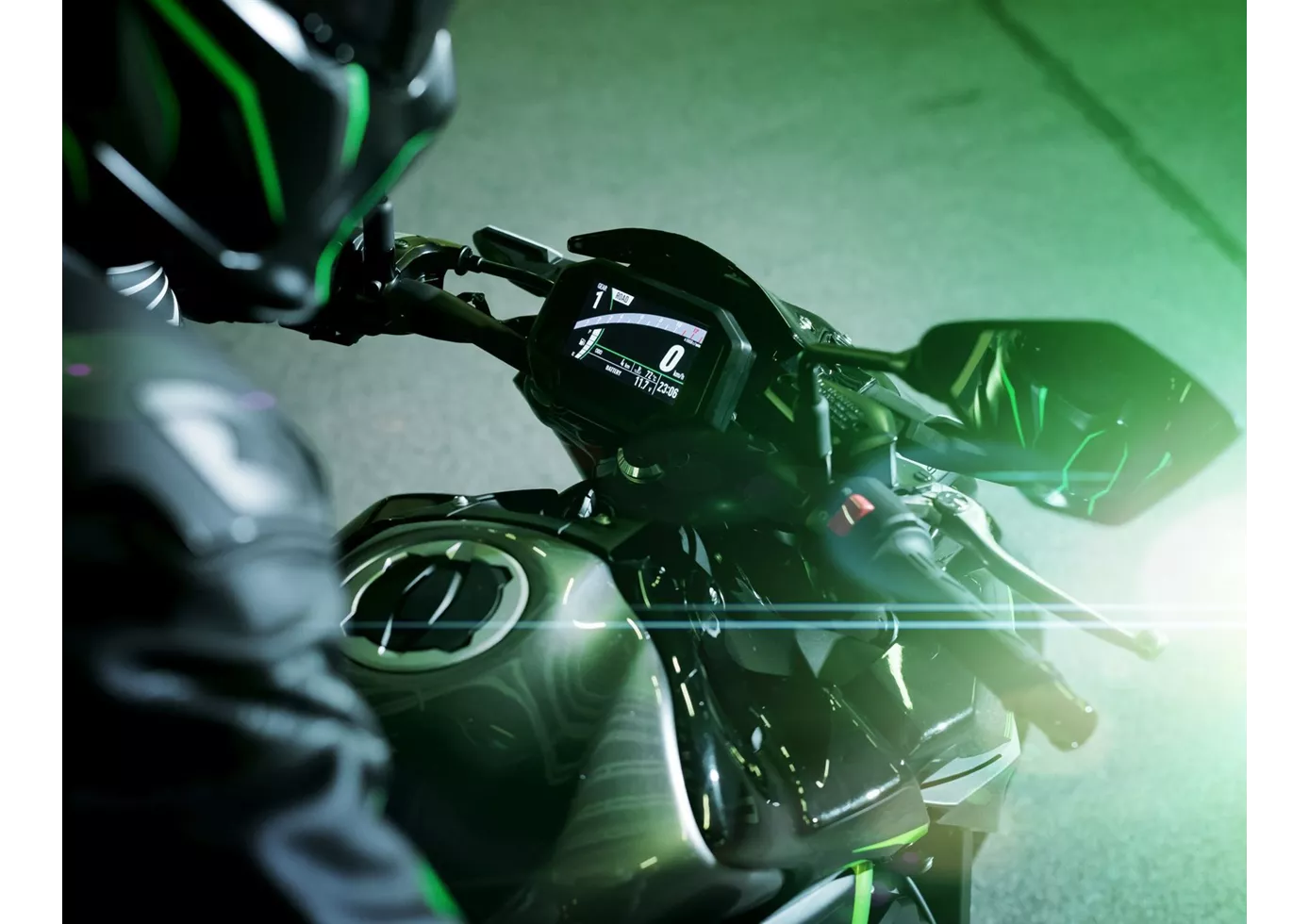
In terms of price-performance, the Kawasaki Z900 is hard to beat at the moment. With the perfectly tuned engine, the high-quality chassis components and the electronics added for 2020, this naked bike offers everything that sporty riders will be looking for. There is really nothing to complain about, except for the lack of a quickshifter option.
Price Comparison Avarage Market Price Honda CB650R vs Kawasaki Z900
There are a few key differences between a Honda CB650R 2019 and a Kawasaki Z900 2021. In terms of price, the actual average price of a Kawasaki Z900 2021 is about 33% higher. Compared to Kawasaki Z900 2021 there are less Honda CB650R 2019 bikes available on the 1000PS.de Marketplace, specifically 7 compared to 33. It takes less time to sell a Honda CB650R with 61 days compared to 107 days for a Kawasaki Z900. Since model year 2019 1000PS.de editors have written 23 reviews for the Honda CB650R and 46 reviews for the Kawasaki Z900 since model year 2017. The first review for the Honda CB650R was published on 08/10/2018 and now has more than 53,700 views. This compares to more than 93,200 views for the first review on Kawasaki Z900 published on 11/11/2016.
